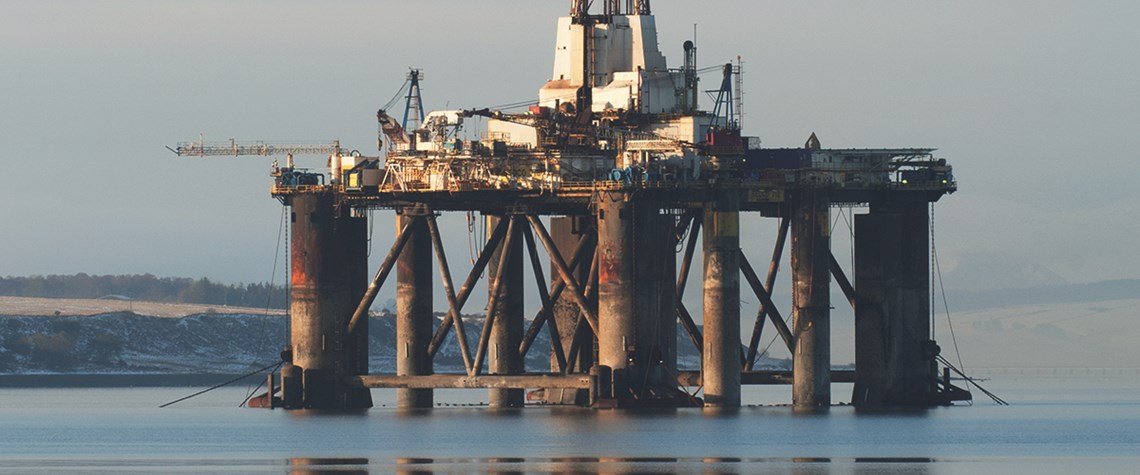North Sea's golden years
The region may be past its prime but is still running with the best
The North Sea has been through a remarkable change since the oil price fall in 2014. Costs have dropped by as much as 40% and, against the odds, a new slate of projects awaits investment decisions in 2018. Despite its maturity, the region still sucks in investment and competes with upstart shale oil and low-cost Opec resources. Two fundamental drivers are behind the North Sea's continued attractiveness: it's conventional oil, relatively easy to get to, and it's located in politically placid OECD waters. OECD conventional liquids production has declined from about 23m barrels a day in 1997 to about 17m b/d in 2017. For producers that don't have access to North American unconventional projects

Also in this section
8 December 2025
The Caribbean country’s role in the global oil market is significantly diminished, but disruptions caused by outright conflict would still have implications for US Gulf Coast refineries
5 December 2025
Mistaken assumptions around an oil bull run that never happened are a warning over the talk of a supply glut
4 December 2025
Time is running out for Lukoil and Rosneft to divest international assets that will be mostly rendered useless to them when the US sanctions deadline arrives in mid-December
3 December 2025
Aramco’s pursuit of $30b in US gas partnerships marks a strategic pivot. The US gains capital and certainty; Saudi Arabia gains access, flexibility and a new export future







